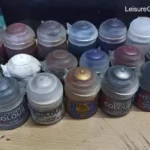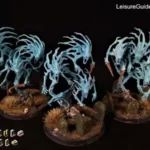Airbrushing Indoors | Don’t Do It Without These Precautions!
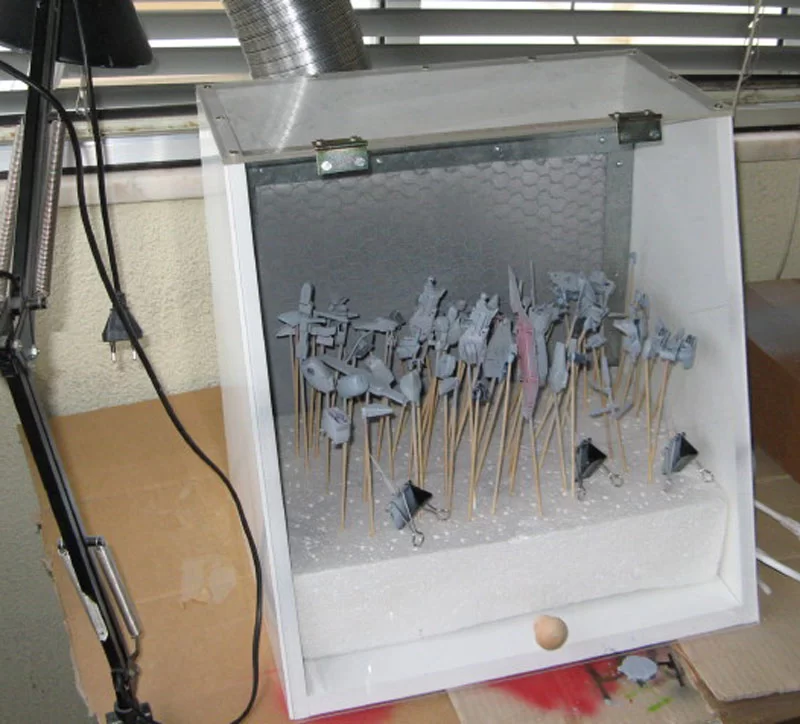
Airbrushing is an effective way to paint miniatures, models, and Gunpla kits.
Like the spray method, it involves the manipulation of compressed air, medium, and paint to yield a fine degree of atomization and achieve smooth realism on building kits. However, spray cans are known to be toxic and pose safety risks.
Since airbrushing applies the same manipulation method, the simple question is, is airbrushing indoors safe?
airbrushing in an apartment or in your room
Yes, you can airbrush in your apartment, whether living room, bedroom, or other enclosed workspace but only with proper ventilation and the best safety precautions.
A well-ventilated space makes it impossible to inhale harmful chemicals and fumes.
Is it safe to airbrush indoors?
If proper safety precaution is maintained, painters will be safe airbrushing indoors. But without this, painters risk inhaling hazardous particles due to the spray application utilized for airbrushing.
According to Baylor University’s Art Safety Training Guide, airbrushing produces a fine mist.
This mist is made possible by atomizing paints into ultra-fine droplets, which are then spread by air pressure through a spray method that carries the paint onto the surface of your models.
During the spray application, most paint particles and pigments will stick. However, a significant amount of the atomized paint will remain airborne. The result of a poorly ventilated area is that the chemicals used in the paint mixture can linger in the air for some time and cause health hazards.
Is an airbrush paint toxic for indoor use
Airbrush paints come in different categories, acrylics, enamels, and lacquers.
Airbrushing Acrylics Indoors
Acrylic paints are water-based paints. Hence, are usually considered safe since it does not contain lethal elements like turpentine in the enamels and lacquer counterparts.
However, they are composed of synthetic acrylic resins and pigments. Plus, since water and water-based thinners are its basic element when airbrushed, it means additives like ammonia-containing stabilizers and formaldehyde preservatives often come in the pigment and water mixture to preserve the paint.
While this small amount of ammonia and formaldehyde added to the water thinner won’t prove lethal to health, thanks to their small amounts, it also means that when sprayed and left to dry, painters are at a slight risk of respiratory irritation and allergies.
Airbrushing Enamel Paints Indoors
Enamel paints, on the other hand, are oil-based and contain synthetic resins like acrylics. However, they also contain volatile organic compounds (VOCs) like petroleum spirit and oil. These chemicals often produce strong odors that can be hazardous when inhaled.
Airbrushing Lacquer paint Indoors
Lacquer paints, while effective for clear coating, contain solvents like cyanide and urethane compounds with hydrogen and carbon that can be hazardous if inhaled in significant quantity.
According to the US Department of Labor, Occupational Safety and Health Administration, lacquer paint also produces fumes with large quantities of isocyanates, which could lead to headaches, dizziness, and vision problems. The bottom line is that all airbrush lacquer paint is toxic.
One way or the other, during airbrushing, you will release those particles utilized in their production and fumes that contain toxic elements. However, some will be more toxic than others.
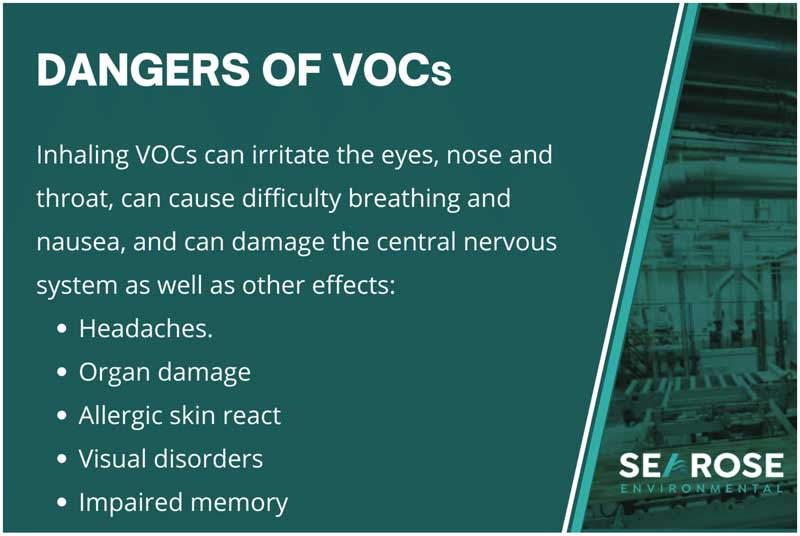

Is airbrushing Citadel, Vallejo, or Tamiya paints indoors safe?
Pigments make up paints, but some are more toxic than others.
Citadel paints are water-based acrylics. Hence, they are non-toxic. However, their thick pigments mean they don’t quickly dissipate when airbrushed on your miniature’s surface and models.
Likewise, Tamiya acrylics contain alcohol and solvents, which makes the paint smell.
On the other hand, Vallejo paints are a major health concern due to their solid pigments as opposed to the solvent vapors of Tamiya acrylics.
Regardless, airbrushing Citadel, Tamiya, and Vallejo paint indoors is still possible with proper safety gear.
You should use an indoor airbrush booth
For acrylic-based paints like Vallejo with thick pigments, a spray booth is the best way to ensure safety while airbrushing indoors.
This booth contains a vent and filter that traps thick particles and overspray from getting into the air.
An airbrush booth typically demands space. Then again, painting your model and Gunpla kits indoors means you probably have lots of space.
Take a look at this (inexpensive) pro airbrush spray booth
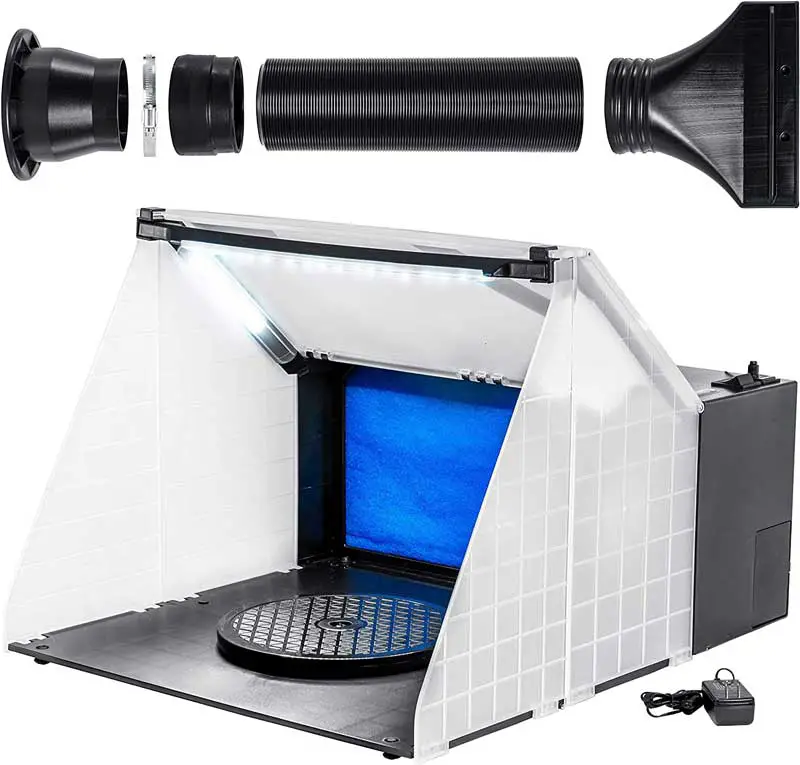

Is it safe to use an airbrush booth without a window?
If you don’t have an outside window for proper ventilation, a spray booth will be a good alternative.
Like windows, an airbrush booth serves as ventilated space for paints. But, unlike windows, it has built-in ventilation that keeps the air clean.
It is designed with a vent and filter to help collect harmful particles and a fan to handle paint overspray and fumes. After trapping paint particles and fumes, it expels these volatile particles through an attached vent hose.
What kind of indoor booth will be safest for airbrushing indoors
A spray booth is a good way to airbrush your Warhammer minis. So, if you’re considering buying a spray booth, be sure it:
- Is big enough to hold even large models
- Should have a fan and filter
- Should come with a turntable to easily paint models
- Should have LED light for visibility
Always use a respirator when airbrushing
When airbrushing your minis, safety is non-negotiable.
While a well-ventilated workspace means lesser risk of exposure to harmful chemicals, the chances of these chemicals being airborne longer than necessary is high
So, always wear a respirator with adequate protective cartridges to keep you safe. It prevents remnant floating chemicals from causing harm.
What kind of mask will be safest for airbrushing indoors
A respirator face mask and a dust mask are two safe masks every painter should wear when airbrushing indoors.
Respirator masks are best for airbrushing with acrylics, while dust mask works efficiently for oil-based paints. The dust mask is designed with a carbon filter capable of absorbing volatile solvents like xylene and toluene.
The 3M Respirator Mask is only a few bucks, and it will give you the best protection from paint particles that can enter your lungs and NEVER get out.
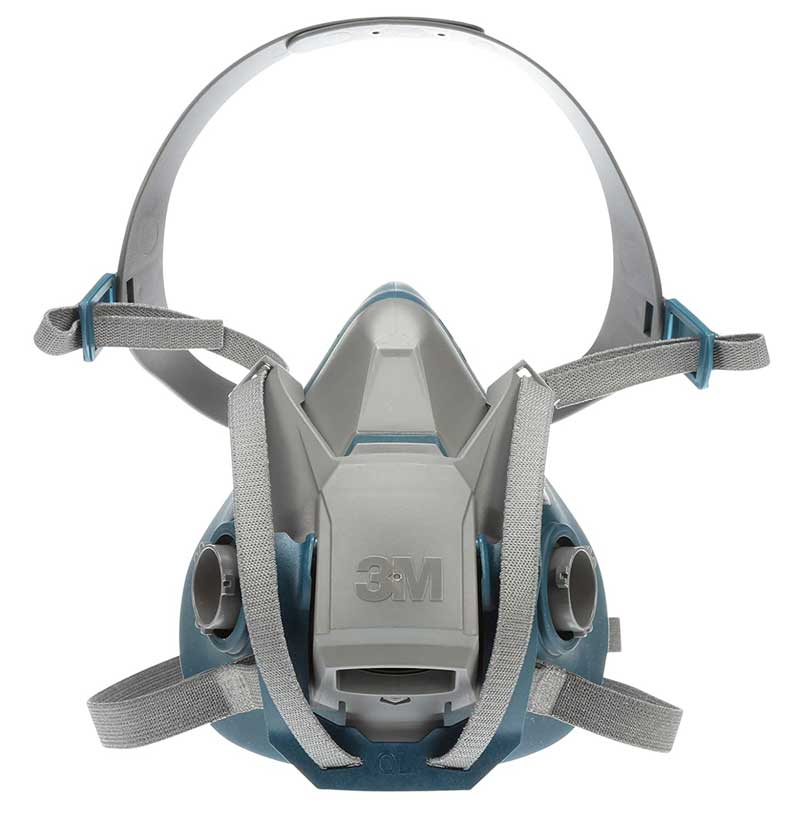

What are the hazards of inhaling paint particles?
Research shows that inhaling paint particles and fumes may promote cancer and respiratory diseases due to the chemicals in the paint.
Most acrylic paints contain formaldehyde, toluene, and xylene, which can cause eye and throat irritation. When inhaled, these chemicals can cause eye, nose, and throat irritation. These irritants may cause permanent damage to the lining of the respiratory tract. Besides this, the paint fumes can cause headaches, nausea, and in rare cases, fainting. It may also trigger asthma attacks and skin reactions like rashes.
You’ll need good ventilation
Ventilation keeps indoor air free of small harmful chemical particles.
According to WorkCover NSW, exposure to paints during airbrushing, especially in a poorly ventilated indoor workspace, can cause difficulty breathing nausea, and irritated skin. Long-term effects may also include asthma and lung cancer. For this reason, a well-ventilated workspace is necessary when airbrushing your miniatures or Gunpla kits.
Use a fan
If your indoor work environment lacks proper ventilation, using a fan will be a good alternative aeration option.
A simple fan in an enclosed workspace can easily blow away fumes and chemical particles.
Then again, strategic positioning is key to achieving proper ventilation with a fan.
An air purifier can be a good idea.
Aside from fans, an air purifier also keeps the air free from atomized paint particles and chemicals.
Air purifiers are powerful and effective for keeping indoor air healthy. However, you may have to spend an expensive sum in our purchasing one since air purifiers are expensive.
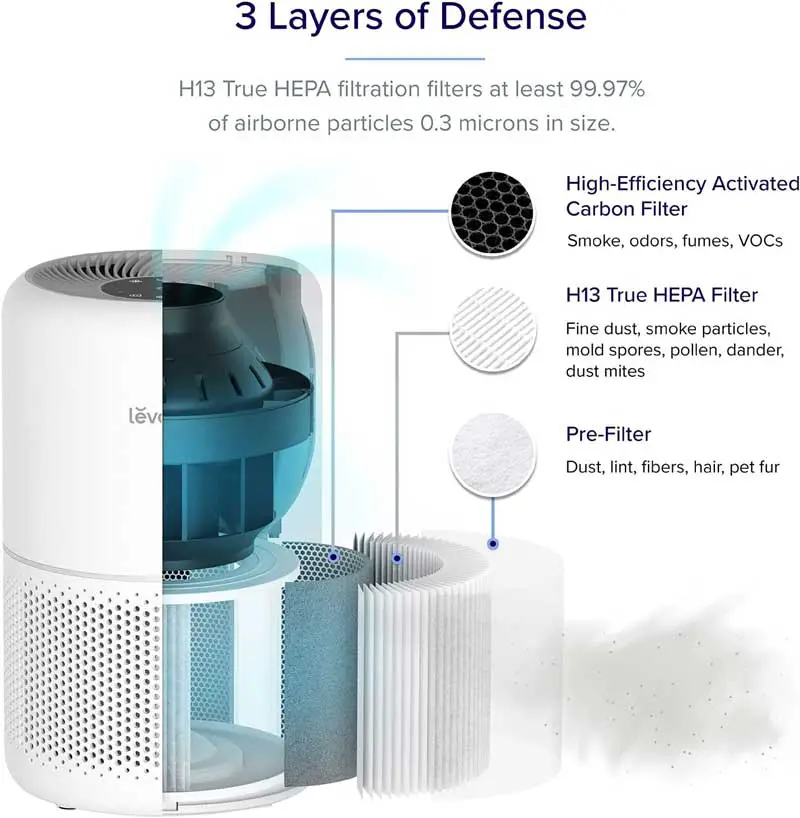

Acrylic paint is best for airbrushing indoors
99% of acrylic paints are water-based and won’t expel VOC elements and harmful gases like solvent-based paints. So, they’re the best paints for airbrushing miniatures indoors.
And while they may contain preservatives, like formaldehyde, they don’t pose significant hazards that might affect you, except if you have a low immune system or you inhale a significant amount. The only drawback to airbrushing with acrylics is their thick pigments which remain airborne for long.
Can you spray indoors while not alone?
Spraying indoors with other people in the room is possible so long you apply safety first.
Make sure the room is well ventilated, or get a respirator mask or dust mask, install a fan and use a spray booth to keep you and your loved ones from long-term exposure to toxic substances from the paint.
Conclusion
Airbrushing is a great way to do a detailed paint job on your model and miniature’s surface. Still, it is important to take necessary safety measures when airbrushing indoors to avoid toxicity, health, and safety risks.
While water-based acrylic paints are the best paints for airbrushing indoors, they also pose slight respiratory risks when inhaled. On the other hand, enamel and lacquer paints are very lethal and demand you paint in a well-ventilated space or with proper safety gear like a spray booth, dust mask, and fan. These safety precautions will keep you and the air healthy in the long term.



